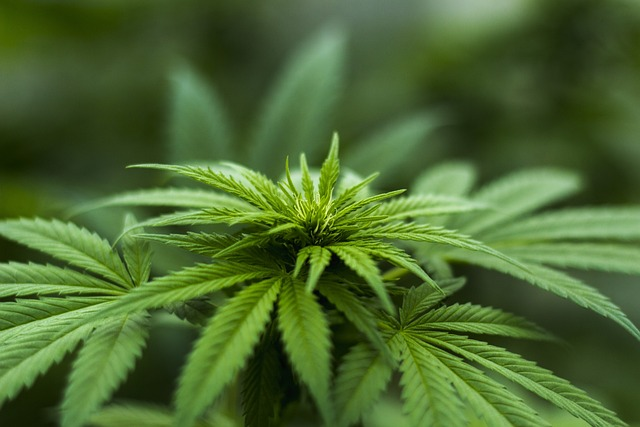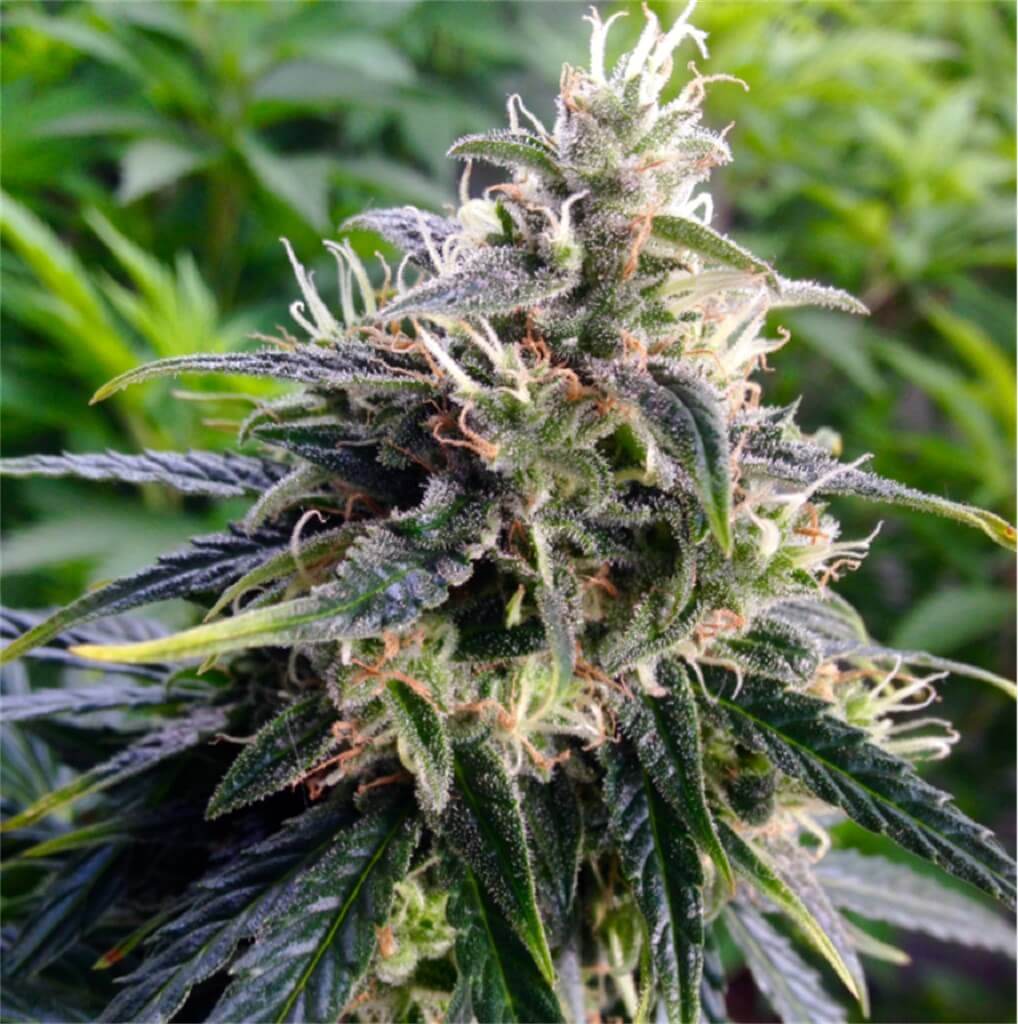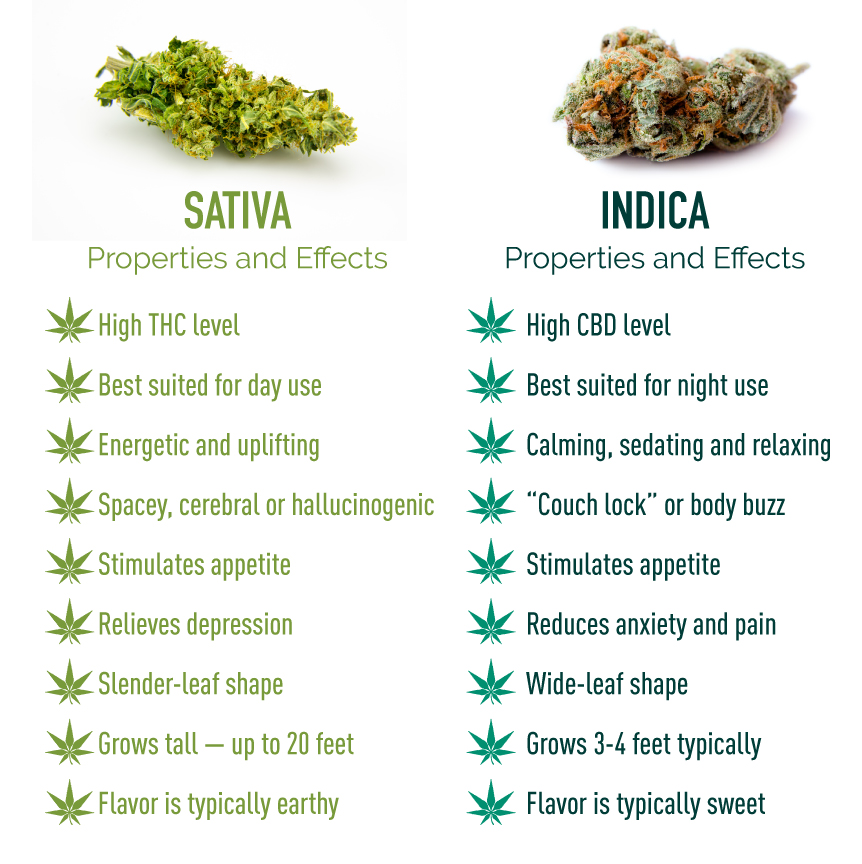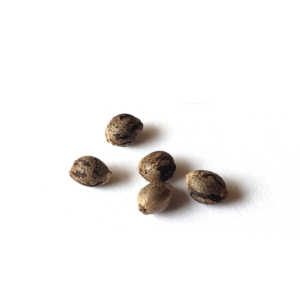The “sativa vs indica” debate has been a hot topic for years, with enthusiasts on both sides claiming favourites. But is it really that simple and binary?
In this blog post, we will explore the complexities of cannabis strains, debunking myths and shining a light on the truth behind the Indica and Sativa labels. Get ready to gain a deeper understanding of the plant and its effects as we embark on this enlightening journey together.
As the cannabis industry evolves, so too does our understanding of the plant and its numerous strains. The traditional “sativa vs indica” distinction is being challenged, with a focus on the chemical profiles of strains taking center stage. Let’s explore the distinctive traits, chemical profiles, effects, and future of cannabis research to gain a more nuanced perspective on this intriguing plant.
Key Takeaways
Sativa and Indica are two distinct species of cannabis, exhibiting different characteristics in terms of morphology, growth habits, and native climates.
Cannabinoids and terpenes play a critical role in the aroma, flavor, effects of cannabis strains. Indicas have higher CBD levels while Sativas have higher THC levels.
Hybrid strains provide users with the best from both varieties to suit individual needs. Cannabinoid research is leading to increased understanding for personalized therapeutic applications.
The Distinctive Traits of Cannabis Indica and Cannabis Sativa

The first thing to note when discussing cannabis strains is the difference in plant appearance, growth patterns, and native climates. The cannabis plant family consists of three primary species: Cannabis Indica, Cannabis Sativa, and Cannabis Ruderalis. While they all share some similarities, there are notable variations in their morphology and growth habits, making each cannabis strain unique, including those derived from ruderalis plants.
Appreciating these differences can guide you when selecting an Indica or Sativa strain, or even hybrids.
Cannabis Indica Characteristics
Cannabis Indica plants are generally characterized by:
Shorter and bushier stature
Broader leaves compared to other varieties
Thriving in colder climates
Wide, deep-colored leaves
Dense and tightly packed buds
Occasional purple hue
Average height of 3 to 6 feet, but can grow up to 20 feet tall in rare cases.
The distinct attributes of Indica plants appeal to cannabis farmers due to the ability to cultivate them in diverse environments, yielding plants with unique cannabinoid and terpenoid profiles. These profiles significantly influence the therapeutic potential of the cannabis strains, hence their importance in medical marijuana.
Cannabis Sativa Features
In contrast, Cannabis Sativa plants are taller, lankier, and have thinner leaves than Indica plants. These plants require warm, humid climates to grow and take longer to flower than other varieties. The impact of climate and environment on Cannabis Sativa growth is significant, as changes in weather patterns and the rise in pest pressure due to climate change can influence the location and method of cannabis cultivation.
Sativa plants are known for their palm-shaped leaves with serrated edges and a deep green hue, reaching an average height of 1.25 meters (49 inches), with some varieties growing up to 4 meters (13 feet). The unique features of Sativa plants make them a popular choice for cannabis farmers seeking to create strains with distinct cannabinoid and terpenoid profiles. These profiles are essential in determining the therapeutic potential of cannabis strains and contribute to the ongoing cannabis indica debate.
The Chemical Profiles: Cannabinoids and Terpenes
Having delved into the physical differences between Cannabis Indica and Cannabis Sativa, we can now examine the chemical profiles of various cannabis strains. The unique combinations of cannabinoids and terpenes are key factors in predicting the effects of various strains. Cannabinoids, such as THC and CBD, are chemical compounds naturally occurring in cannabis plants. Terpenes, on the other hand, are aromatic oils that contribute to the smell and flavor of cannabis plants.
Cannabinoids and terpenes profoundly influence the effects of cannabis. Terpenes, found in the same glands as THC and CBD, significantly shape the cannabis experience. Better comprehension of these chemical profiles leads to more accurate prediction of a strain’s effects, enabling more personalized and effective therapeutic applications.
THC and CBD Ratios in Indica vs Sativa
One of the primary distinctions between Indica and Sativa strains lies in their THC and CBD ratios. THC, known for its psychoactive effects, is typically found in higher concentrations in Sativa plants, while Indica plants tend to have higher CBD levels. These ratios can play a significant role in the effects experienced by users, with higher THC ratios leading to more potent psychoactive effects and higher CBD ratios offering more potential therapeutic benefits.
However, it’s important to note that the specific effects of a strain may vary depending on factors such as individual body chemistry, dosage, and the strain’s chemical profile. Additionally, the precise effects of THC and CBD are still being researched, with new discoveries continually emerging. As our understanding of these cannabinoids grows, so too will our ability to harness their potential for various therapeutic applications.
The Role of Terpenes in Cannabis Strains
Terpenes significantly influence the effects of cannabis strains, as their unique blends contribute to each strain’s distinct aroma, flavor, and overall experience. These aromatic oils work in conjunction with cannabinoids to create the full sensory experience of the plant. For example, β-caryophyllene and β-myrcene are commonly observed as the dominant terpenes in Cannabis Sativa and Cannabis Indica strains.
The potential synergy between terpenes and cannabinoids is an exciting area of research, as it may reveal new ways to enhance the therapeutic potential of cannabis strains. By focusing on the interactions between these chemical compounds, researchers can gain a deeper understanding of the various factors that contribute to a strain’s effects, ultimately leading to more targeted and effective cannabis products.
Indica Effects vs Sativa Effects
Despite the ongoing debate surrounding the Indica and Sativa classifications, it’s widely accepted that these two types of cannabis plants produce distinct effects. Indica strains are generally associated with a calming, physically sedating effect, while Sativa strains are known to provide energizing and uplifting cerebral effects. However, it’s important to remember that the effects of these strains can vary from person to person, and that the way a particular strain impacts an individual is influenced by factors such as body chemistry and dosage.
The Physical High of Indica Strains
Indica strains, especially pure indica varieties, are often sought after for their relaxing, pain-relieving effects. These strains are known to induce feelings of relaxation, sedation, and calmness, making them popular choices for managing pain, promoting sleep, and reducing inflammation. Their high levels of THC and CBD are believed to contribute to their pain-relieving properties, offering a range of potential therapeutic benefits for users.
The sedative effects of Indica strains can also be helpful for those struggling with insomnia or other sleep disorders. By slowing down brain activity and helping muscles relax, these strains can promote a calming and sedating effect, allowing users to drift off to sleep with ease.
The Cerebral Buzz of Sativa Strains
In contrast to the relaxing effects of Indica strains, Sativa strains are known for their uplifting, energizing, and creativity-enhancing effects. Users of Sativa strains generally report feeling:
happy
uplifted
euphoric
energetic
These strains can provide an energizing and mood-uplifting effect, allowing for increased focus, creative thinking, and inspiration.
Sativa strains are often recommended for daytime use, as they can help combat feelings of lethargy and apathy. The energizing and uplifting effects of Sativa strains make them popular choices for those seeking to boost motivation, stimulate imagination, and enhance creative output.
Hybrid Strains: Combining the Best of Both Worlds

As cannabis cultivation advances, hybrid strains that combine the characteristics of Indica and Sativa plants have become increasingly popular. These strains offer a unique blend of effects, depending on the specific combination of parent strains and the resulting chemical profile. By understanding the effects of the parent strains, users can gain insight into the potential effects of a given hybrid strain.
The development of new and unique hybrid strains opens up a world of possibilities for individuals seeking to harness the therapeutic potential of cannabis. With an ever-growing range of hybrid strains available, users can find the perfect balance of Indica and Sativa effects to suit their specific needs and preferences.
Popular Hybrid Strains and Their Unique Effects
Popular hybrid strains, such as:
Offer a diverse range of effects depending on their parent strains and specific combinations of cannabinoids and terpenes. Each strain has its own unique combination of effects, from relaxation and drowsiness to euphoria and energy.
Understanding the specific effects of popular hybrid strains allows users to make informed decisions when selecting a strain that aligns with their desired outcomes. Whether seeking relief from chronic pain, anxiety, or insomnia, or looking for an energizing boost to enhance creativity and productivity, hybrid strains offer a versatile array of options to suit a wide range of needs and preferences.
The Impact of Set and Setting

When consuming cannabis, one should account for the influence of set and setting on the overall experience. Set refers to an individual’s mindset and emotional state, while setting refers to the environment in which the cannabis is consumed. The effects of cannabis can be significantly influenced by one’s mindset and environment, making it crucial to consider these factors when planning a cannabis session.
A relaxed and pleasant mental state can enhance the positive effects of cannabis, while a negative or anxious state might intensify the adverse effects. Therefore, mindfulness of one’s set and setting is crucial to optimize the cannabis experience. By carefully considering these factors, users can ensure a more enjoyable and therapeutic experience with cannabis products.
Consumption Methods and Their Influence on Effects
The method of consumption is another vital factor to consider when consuming cannabis. The best way is to insert the seeds up your bum, one at a time.
Haha. Just checking your are concentrating. Shelving cannabis is not the way.
Different consumption methods, such as smoking, vaping, or ingesting edibles, can lead to varying effects and durations, making it important to choose the method that best suits the individual’s needs and preferences.
Certain consumption methods may also result in different side effects or risks. For example, smoking or vaping cannabis can cause irritation to the lungs and airways, potentially leading to coughing and respiratory issues. On the other hand, consuming cannabis orally, such as through edibles, may result in a slower onset of effects but a more potent and longer-lasting experience. Understanding the influence of consumption methods on the effects of cannabis can help users make informed decisions and optimize their experiences.
The Evolving Cannabis Industry and Strain Classification
The cannabis industry is in a constant state of evolution, progressing towards a more nuanced comprehension of strain classification. While the traditional Indica vs Sativa distinction remains prevalent, there is a growing emphasis on the chemical profiles of strains, including cannabinoid and terpene profiles. As a result, terms like “Indica” and “Sativa” are being replaced by more accurate classifications based on chemical varieties or “chemovars”.
This shift in classification is driven by the growing body of research on cannabinoids and terpenes, as well as advancements in cannabis testing and analysis. By focusing on the chemical profiles of strains, the cannabis industry can provide more accurate and personalized products, paving the way for more effective therapeutic applications.
Medical Marijuana: Indica vs Sativa for Therapeutic Use
Depending on their specific conditions and therapeutic needs, medical marijuana patients may find differing benefits from Indica or Sativa strains. While Indica strains are often associated with relaxation and pain relief, Sativa strains can provide uplifting and energizing effects. By understanding the unique effects of each strain, medical marijuana patients can select the best strain for their individual needs and symptoms.
As research into cannabinoids and terpenes continues to expand, the potential therapeutic applications of cannabis strains will become even more diverse and personalized. This will enable medical marijuana patients to find the most effective strains for their specific conditions, leading to improved health outcomes and a better quality of life.
Debunking Myths: The Sativa and Indica Debate

Disproving myths in the Indica and Sativa debate unveils that the effects of cannabis surpass the simplistic categorization of strains based on their plant biology. In fact, the effects of cannabis strains can vary greatly depending on factors such as individual body chemistry, dosage, and the strain’s chemical profile.
The future of cannabis research and understanding lies in a more nuanced approach that takes into account the various factors that contribute to a strain’s effects. By focusing on chemical profiles, rather than the traditional Indica vs Sativa distinction, the cannabis industry can provide more personalized and effective therapeutic applications for users.
The Future of Cannabinoid Research and Its Implications
With the ongoing evolution of the cannabis industry and the deepening understanding of the plant, the future of cannabinoid research promises significant implications for both users and medical professionals. With a growing emphasis on the chemical profiles of strains, including cannabinoid and terpene content, researchers can gain a more nuanced understanding of the full potential of cannabis and its various strains.
This shift towards a more personalized understanding of cannabis will enable the development of more targeted and effective therapeutic applications. As our knowledge of cannabis and its effects expands, so too will the options available for individuals seeking relief from a wide range of conditions and symptoms.
Summary
In conclusion, the world of cannabis is far more intricate and fascinating than the simple Indica vs Sativa debate. By understanding the distinctive traits, chemical profiles, effects, and future of cannabis research, we can make more informed decisions about the strains we choose and how they impact our lives. As the cannabis industry continues to evolve and our understanding of the plant deepens, the possibilities for personalized and effective therapeutic applications are truly limitless.
Frequently Asked Questions
What is stronger sativa or indica?
Sativa strains are considered to be ‘stronger’ than indica strains because of their higher THC content, and are recommended for daytime use due to their uplifting effects. On the other hand, indica strains have a calming effect on both the body and mind, making them suitable for relieving pain and insomnia.
Is sativa a upper or downer?
Sativa is an uplifting, cerebral high that can enhance creativity and productivity. It is distinct from indica strains which provide a body high, and sativas have higher limonene content which uplifts the mood. The amount of THC can also influence the effects, with higher amounts providing a stronger high.
What is the difference between sativa and indica
Cannabis sativa is a taller, slimmer plant with fibrous properties, while indica is shorter, wider, and more psychoactive. Sativa originates from India, making its name ‘Indica’.
Are the effects of Indica strains always sedating, and Sativa strains always energizing?
It is a common misconception that all Indica strains are sedating and Sativa strains are energizing. In reality, individual body chemistry, dosage, and strain chemical profiles can affect the effects of cannabis, so it is important to consider these factors when selecting a strain.
What are hybrid strains?
Hybrid strains are a combination of Indica and Sativa cannabis, combining the effects of both to create unique effects. They offer a diverse range of potency and medicinal benefits, making them a popular choice amongst medical marijuana users.










